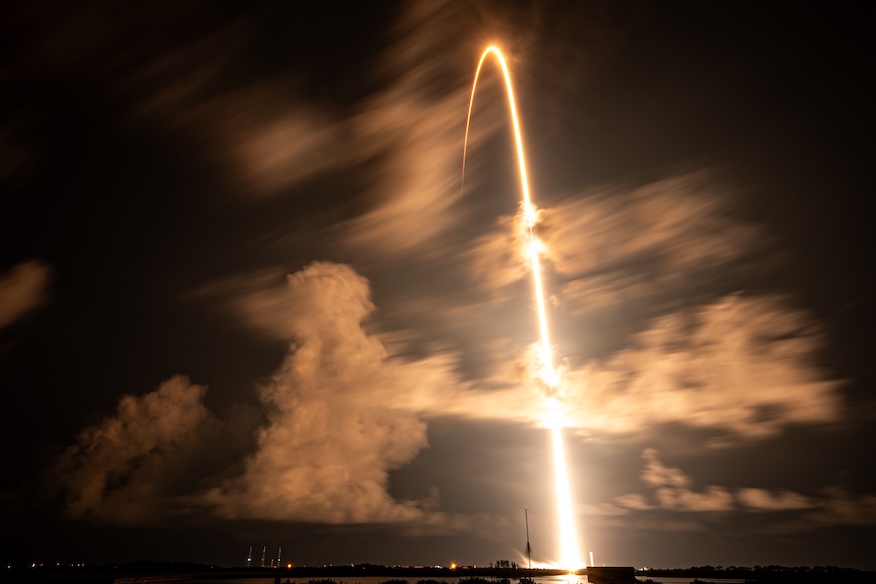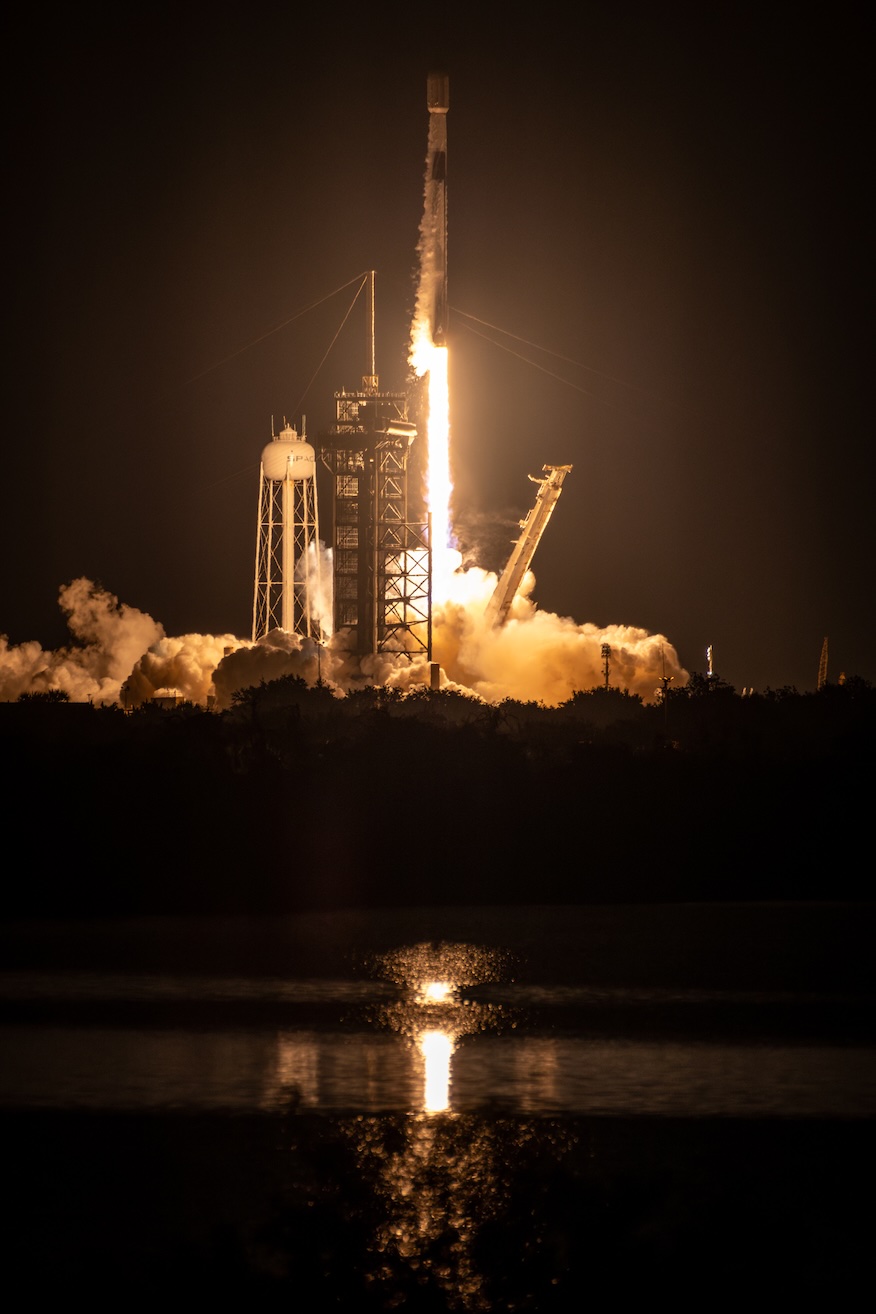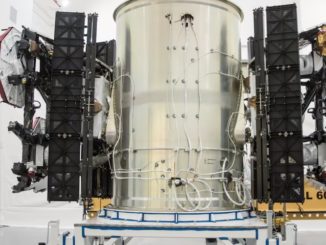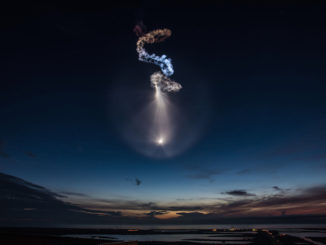
Update Aug. 28, 5:20 a.m. EDT: SpaceX confirmed deployment of the 28 satellites.
SpaceX second Starlink launch in 24 hours featured the flight of a Falcon 9 booster for a record-setting 30th time. Liftoff from pad 39A at NASA’s Kennedy Space Center happened at 4:12 a.m. EDT (0812 UTC) Thursday.
The Starlink 10-11 mission placed another 28 Starlink V2 Mini broadband internet satellites into the low Earth orbit constellation and follows a sunrise launch Wednesday from neighboring pad 40 at Cape Canaveral Space Force Station. SpaceX launched more than 1,800 of these satellites across 74 missions so far in 2025.
On Wednesday, the 45th Weather Squadron forecast a 85 percent chance for favorable weather at liftoff.
“Most of the thunderstorm activity will be confined along the sea breeze both Thursday and Friday afternoon, with most of the activity petering out by the late evening hours,” launch weather officers wrote in their forecast. “With light, onshore flow, the main concern for the primary and backup launch windows will be cumulus clouds that push in from the gulf stream.”
SpaceX used its Falcon fleet leader booster for this mission, which has the tail number B1067. It was the first orbital class rocket to fly for a 30th time.
This is the 30th flight for the Falcon 9 booster supporting today’s @Starlink mission, now launching the most missions of the Falcon fleet pic.twitter.com/2lWpG8N4oY
— SpaceX (@SpaceX) August 28, 2025
The previous missions for B1067 include two astronaut flights, two cargo missions to the International Space Station and 18 batches of Starlink satellites.
Nearly 8.5 minutes after liftoff, B1067 will target at landing on the drone ship, ‘A Shortfall of Gravitas,’ positioned in the Atlantic Ocean. If successful, this will be the 122nd touchdown on this vessel and the 495th booster landing to date.




